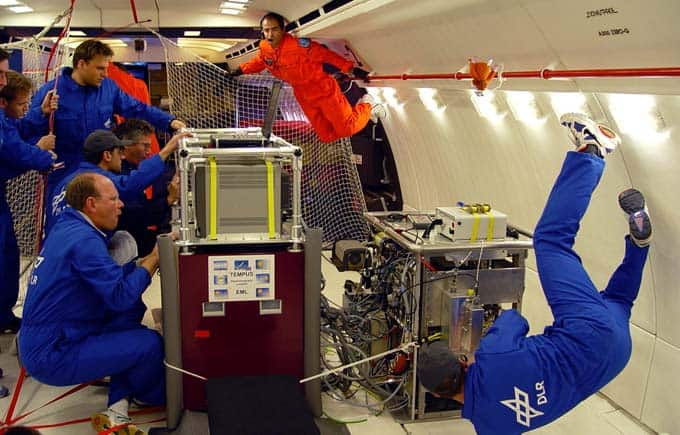 Werbewoche.ch: Benjamin Tück, Accenture Interactive, together with its various sub-brands, forms the largest digital agency in the world. Now you have decided to undergo a comprehensive transformation, culminating in an almost poetic rebranding: From now on, you'll be operating under the name "Accenture Song." Why? Benjamin Tück:
Werbewoche.ch: Benjamin Tück, Accenture Interactive, together with its various sub-brands, forms the largest digital agency in the world. Now you have decided to undergo a comprehensive transformation, culminating in an almost poetic rebranding: From now on, you'll be operating under the name "Accenture Song." Why? Benjamin Tück: I would like to talk not just about transformation, but rather about further development. The pandemic has taken a lot out of all of us over the past two years - as individuals, but also as employees or as managers. And yet, at Accenture, I believe we've been able to use this time productively: We've been thinking about how to completely reinvent customer relationships, sales, commerce, marketing, as well as business innovation. In parallel, the number of people working with us has more than doubled in the past 18 months. A structural adjustment and bundling of competencies is a logical consequence of these two developments.
So it's not just a new name, but a new organizational set-up. How is that set up? The setup is integrated and scales along content dimensions to quickly provide custom-fit solutions for the customer's ever-changing requests. Diverse agency expertise is aligned along customer challenges. A classic agency setup is no longer sufficient to serve the transformation challenges of our customers and to achieve sustainable growth and stability.
What exactly does this show in? In product or service innovation and design, marketing transformation, forward-looking sales and commerce, brand communication, and understanding and tapping into new frontiers like the metaverse ... among other things, this is what we set ourselves up for in a "seamless organization", that is, a fully integrated organization.
Fully integrated organizations usually bring with them clarity and structures that are designed to make it easier for customers to work together. Wouldn't a somewhat less "poetic" name have been obvious? You weren't the only one who reacted with surprise to our new naming. In deriving the name, let me start with our corporate culture: I can say with conviction that we have long lived a culture of permanent change and put it into practice in our work. Accenture Song builds on this: A song, a song, stands for an ancient, universal form of human craft. What associations does the term trigger for you? Not also connection, inspiration, technical skill and experience; all combined in one great harmony? This symbiosis we are now undergoing has a lofty goal: to help unleash the imagination and ideas of our employees to achieve tangible results for customers.
Will you also try to play those instruments that were previously the domain of the more "classic" marketing and communications agencies? It is well known that several large consultancies also want a piece of this "pie". I think the market perceives - and accepts - our expertise in technology, consulting and innovation very well. Now, to answer your question, we're going to shift our focus even more to creation, communications and media. Bringing our teams together under Accenture Song will give us a broad base to do that. You know, the name Accenture Song reflects the many dimensions and layers of who we are and what we can achieve for our female clients. "Song" begins our new chapter of existence, where we can all feel part of a community and culture. It represents how we bring together imagination, intelligence and technology.
What happens to all the sub-brands that you have acquired with Accenture Interactive in recent years - and in some cases painstakingly developed and sharpened? Will they disappear? Our more than 40 acquisitions over the past decade will market uniformly as Accenture Song to strengthen our synergies in product innovation, experience design, marketing and commerce. In Switzerland, there aren't quite as many; here, Boomerang, Fjord, Sinner Schrader Swipe and Wirestone operated as part of Accenture Interactive or, newly, Song. So for our location, the move is relatively small; the teams have worked together for a long time without friction or barriers. But Accenture Song as an umbrella brand will, above all, allow us to build expertise in areas that have not been in focus before by bringing our global experts together under one roof.
How would you like to use the changes in your organizational structure to the benefit of Swiss customers? In almost every conversation I have with our customers, the question of relevance comes up: How can your company remain relevant - for customers, employees and society? I already talked at the beginning about how rapidly the world and thus people's needs are changing - and of course our customers notice that, too. They ask themselves, "What kind of products or services do I offer, how do I reach my female customers, how do I interact with all my stakeholders?" Please keep in mind very clearly: companies are working towards a future that is very different from the one they were originally designed for, and in which they should still grow! We want to provide all the assistance it takes: Accenture Song's consolidated capabilities will hopefully enable us to become mission-critical partners in Swiss ecosystems, to accompany large digital acquisitions from strategy to campaign implementation, to develop new product groups and value streams with our clients, and to lift e-commerce into the metaverse together with them.
 During the pandemic, the US outdoor market boomed to an unforeseen extent: people sought freedom in nature and bought all kinds of equipment for this purpose. The corresponding e-commerce sales grew by double digits during the pandemic. A group of entrepreneurs noticed that this equipment had one thing in particular in common: it was functional, but often looked boring and of limited aesthetic appeal. This gave rise to the idea of functional outdoor equipment with the design aspirations of urban millennials.
During the pandemic, the US outdoor market boomed to an unforeseen extent: people sought freedom in nature and bought all kinds of equipment for this purpose. The corresponding e-commerce sales grew by double digits during the pandemic. A group of entrepreneurs noticed that this equipment had one thing in particular in common: it was functional, but often looked boring and of limited aesthetic appeal. This gave rise to the idea of functional outdoor equipment with the design aspirations of urban millennials.  For this target group of "Design Conscious Outdoor Enthusiasts," who use the backpack not only for their newly discovered weekend hikes but also for going to university or to the co-working space, it is not only functional values that count. An international target group survey conducted by Brandpulse on social media in the primary target market of the USA and then in Europe revealed clear preferences with regard to product design and the look and feel of the prototypes presented.
For this target group of "Design Conscious Outdoor Enthusiasts," who use the backpack not only for their newly discovered weekend hikes but also for going to university or to the co-working space, it is not only functional values that count. An international target group survey conducted by Brandpulse on social media in the primary target market of the USA and then in Europe revealed clear preferences with regard to product design and the look and feel of the prototypes presented.
 In addition to a clear purpose, the new brand also received a sustainable Brand Promise. For example, a portion of sales will be donated to the institution "1% for the Planet," a global network that addresses the most pressing environmental issues and helps drive positive change for the benefit of future generations.
In addition to a clear purpose, the new brand also received a sustainable Brand Promise. For example, a portion of sales will be donated to the institution "1% for the Planet," a global network that addresses the most pressing environmental issues and helps drive positive change for the benefit of future generations. Brandpulse developed the name Trexxflex, which was trademarked for the USA, the entire EU region, and Switzerland. The agency developed the Trexxflex branding, the website and realized the most important touchpoints such as the international webshop, an image film, a social media campaign and, in cooperation with US specialists, an influencer campaign. The first product, the Trexxflex backpack, is available on the webshop Trexxflex.com.
Brandpulse developed the name Trexxflex, which was trademarked for the USA, the entire EU region, and Switzerland. The agency developed the Trexxflex branding, the website and realized the most important touchpoints such as the international webshop, an image film, a social media campaign and, in cooperation with US specialists, an influencer campaign. The first product, the Trexxflex backpack, is available on the webshop Trexxflex.com. 



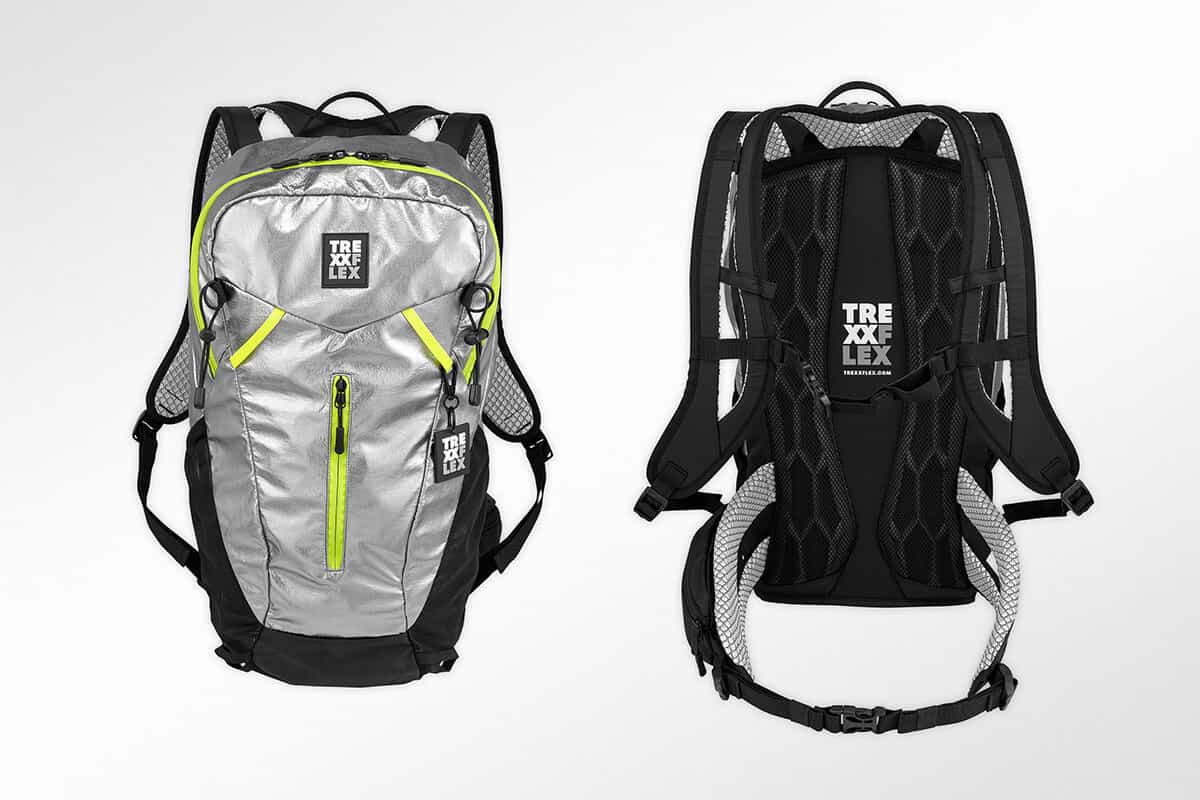








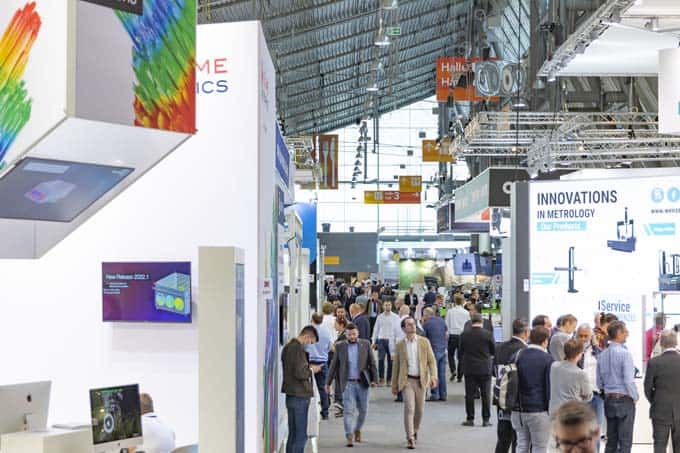
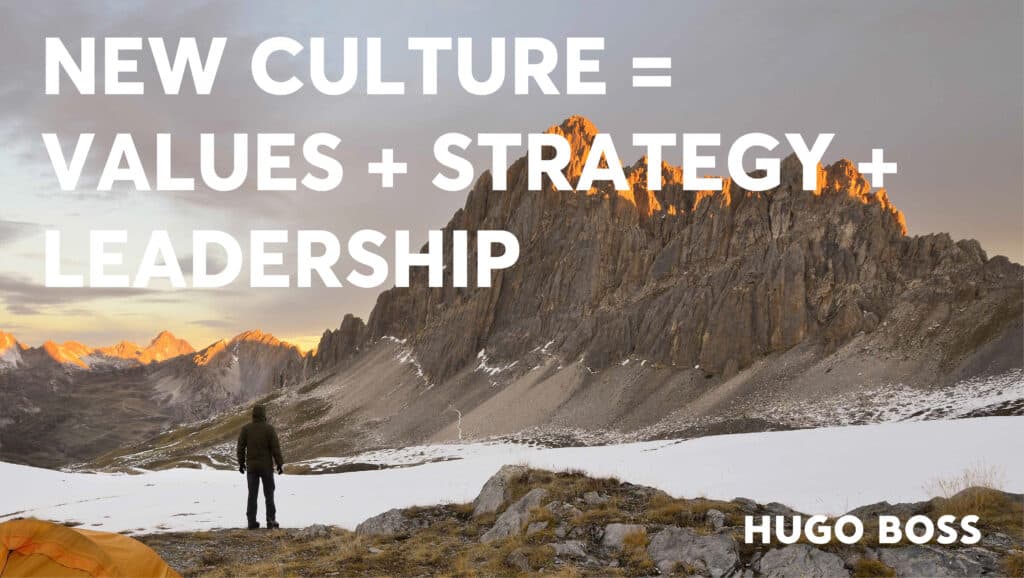 When the new CEO, Daniel Grieder, took office in June 2021, a new era began for the Metzingen-based MDAX company Hugo Boss. In collaboration with Grieder and the fashion company's communications and strategy team, the Forward Advisors/Swisscontent agency group prepared a comprehensive new corporate strategy called "Claim 5" for communication and disseminated it on suitable channels. The project manager at Hugo Boss was Carolin Westermann, Head of Global Corporate Communications. It was of central importance that every employee knew, understood and, in particular, lived the strategy. This also required a new type of communication to help shape the new corporate culture from the outset. To this end, the consulting agency Forward Advisors developed an overarching and cross-channel communication strategy with the main objective of communicating the new corporate strategy in a catchy and sustainable way. The communication and marketing agency Swisscontent implemented the communication measures and tools developed by Forward Advisors. The implementation was carried out via many channels, some of which were new and innovative. The agency group worked closely with Hugo Boss management to break completely new ground and set an international benchmark - both in the internal introduction and positioning of the CEO and in internal communications in general.
When the new CEO, Daniel Grieder, took office in June 2021, a new era began for the Metzingen-based MDAX company Hugo Boss. In collaboration with Grieder and the fashion company's communications and strategy team, the Forward Advisors/Swisscontent agency group prepared a comprehensive new corporate strategy called "Claim 5" for communication and disseminated it on suitable channels. The project manager at Hugo Boss was Carolin Westermann, Head of Global Corporate Communications. It was of central importance that every employee knew, understood and, in particular, lived the strategy. This also required a new type of communication to help shape the new corporate culture from the outset. To this end, the consulting agency Forward Advisors developed an overarching and cross-channel communication strategy with the main objective of communicating the new corporate strategy in a catchy and sustainable way. The communication and marketing agency Swisscontent implemented the communication measures and tools developed by Forward Advisors. The implementation was carried out via many channels, some of which were new and innovative. The agency group worked closely with Hugo Boss management to break completely new ground and set an international benchmark - both in the internal introduction and positioning of the CEO and in internal communications in general.





 The photography agency 13Photo has been committed to dedicated and creative author photography since 2009. As a photography agency, 13Photo develops sophisticated visual worlds and supports or advises clients from the first to the last planning step. In doing so, 13Photo works with experienced and award-winning creatives and promotes young, exciting talents. The communication design agency Sofie has redesigned the content and design of the website and at the same time created a new visual identity for the 13Photo brand. The new website has optimized the user and brand experience and simplified the customer journey - potential customers can reach the specific service offering and contact person with just a few clicks. The numerous features and functions such as animations, video and filters also ensure that the website is very easy to use at all times. The visual brand identity has been simplified and reduced to a minimum. This conceptual element is reflected above all in the logo and letterhead. The unique imagery from campaigns, portraits, reports and films ensures power, variety and diversity. This variable component complements the reduced visual language of the brand. Various interactive elements - such as those designed in the menu - give the user an insight into the diversity of 13Photo's visual world. The co-creation concept of the agencies Sofie and Marke17 was used for the conception and implementation of design and code.
The photography agency 13Photo has been committed to dedicated and creative author photography since 2009. As a photography agency, 13Photo develops sophisticated visual worlds and supports or advises clients from the first to the last planning step. In doing so, 13Photo works with experienced and award-winning creatives and promotes young, exciting talents. The communication design agency Sofie has redesigned the content and design of the website and at the same time created a new visual identity for the 13Photo brand. The new website has optimized the user and brand experience and simplified the customer journey - potential customers can reach the specific service offering and contact person with just a few clicks. The numerous features and functions such as animations, video and filters also ensure that the website is very easy to use at all times. The visual brand identity has been simplified and reduced to a minimum. This conceptual element is reflected above all in the logo and letterhead. The unique imagery from campaigns, portraits, reports and films ensures power, variety and diversity. This variable component complements the reduced visual language of the brand. Various interactive elements - such as those designed in the menu - give the user an insight into the diversity of 13Photo's visual world. The co-creation concept of the agencies Sofie and Marke17 was used for the conception and implementation of design and code. 








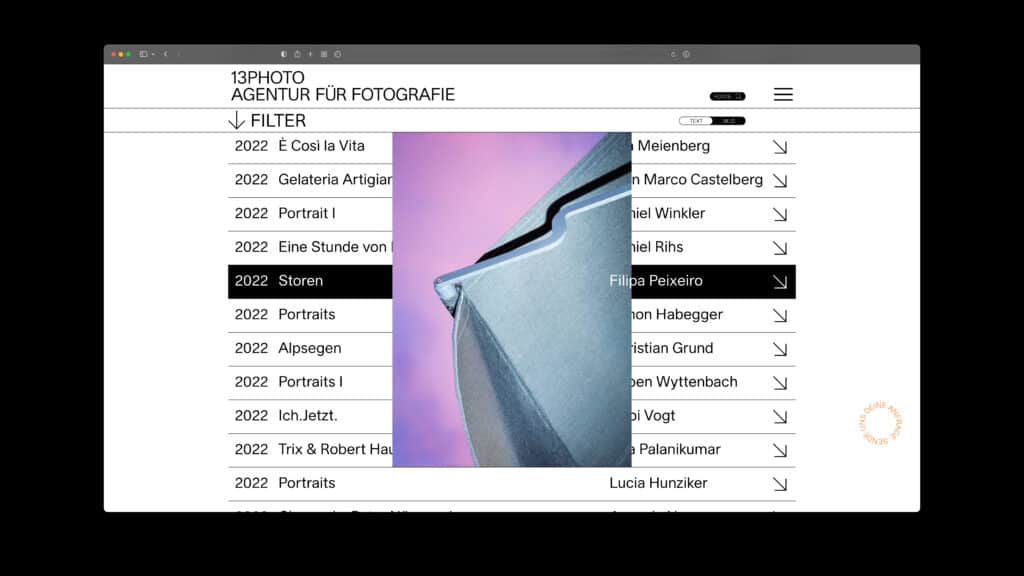







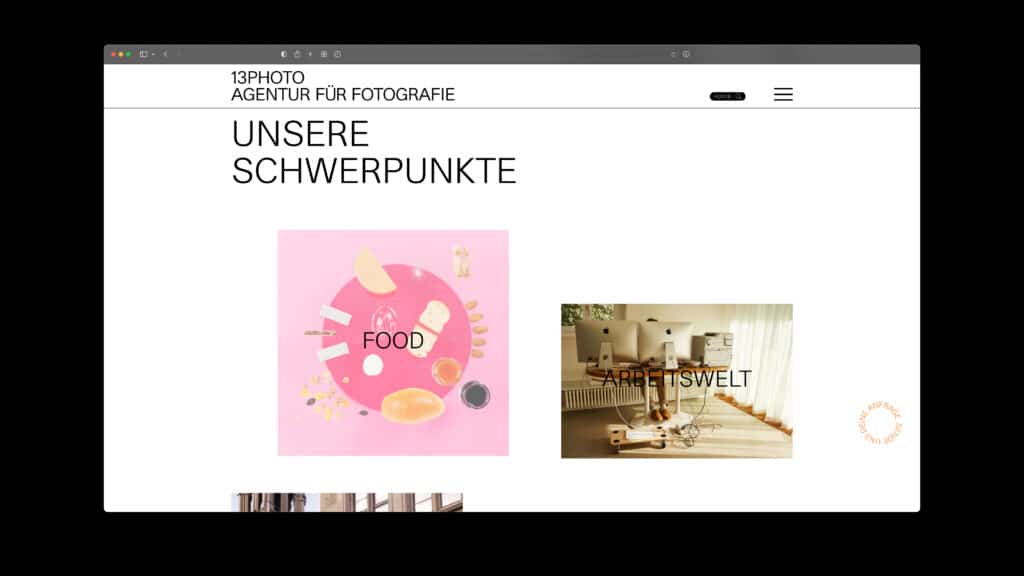




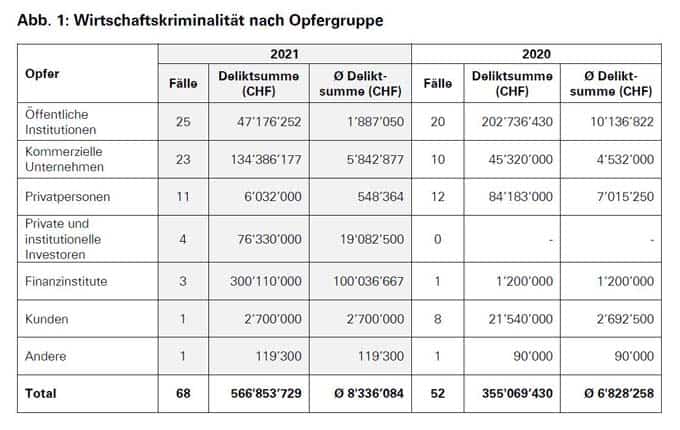
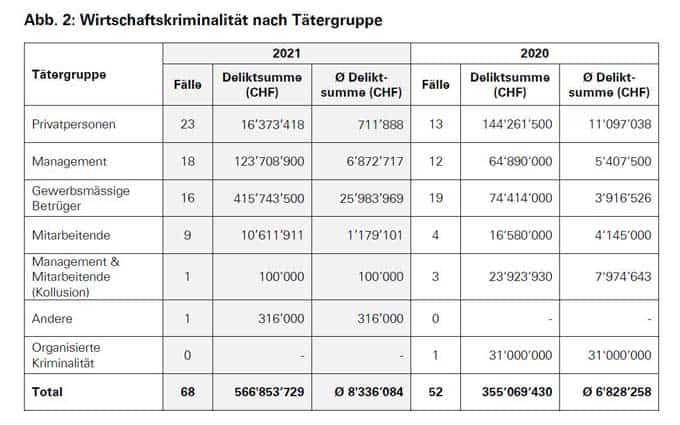
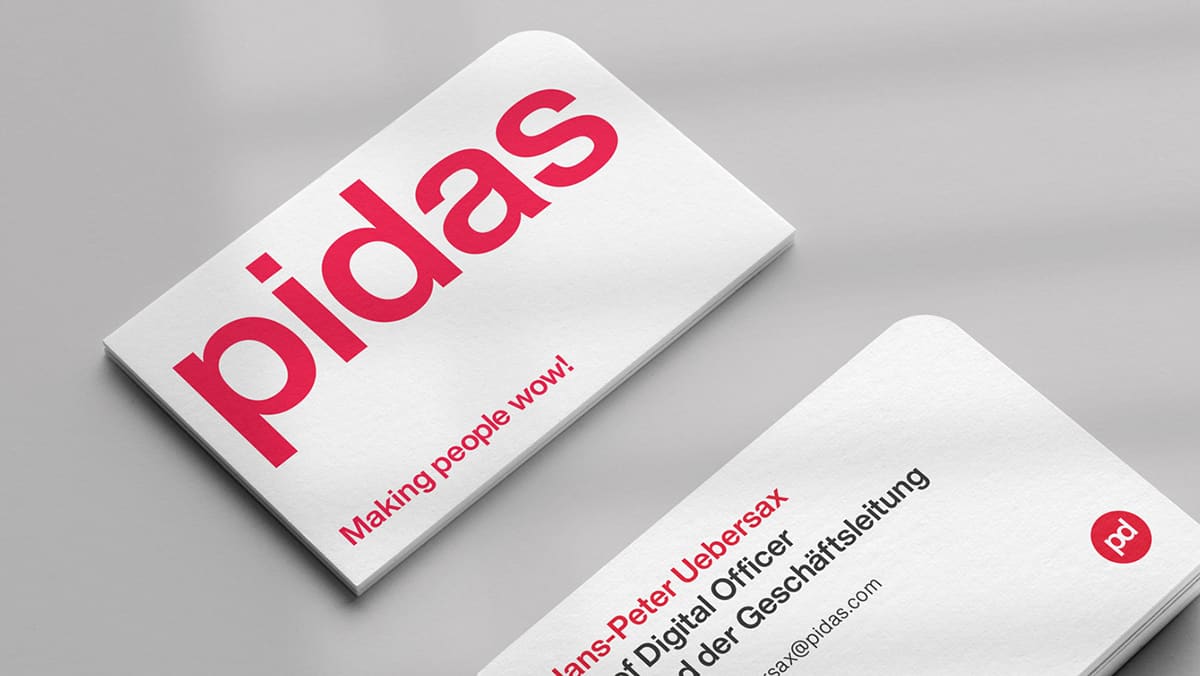 Your company will only run if your IT is up and running. And employees can only perform optimally if IT problems are solved efficiently. That's why excellent IT end-user support is so important. Support that guarantees maximum reliability and creates new wow effects every day. It is precisely this wow support that Pidas wants to deliver. With this DNA in mind, Pidas has developed a new support concept for the DACH region. From now on, the company will focus exclusively on IT end-user support. The solution is based on the interaction between man and machine, or in other words between chatbot, support staff and the intelligent IT machine "CORA".
Your company will only run if your IT is up and running. And employees can only perform optimally if IT problems are solved efficiently. That's why excellent IT end-user support is so important. Support that guarantees maximum reliability and creates new wow effects every day. It is precisely this wow support that Pidas wants to deliver. With this DNA in mind, Pidas has developed a new support concept for the DACH region. From now on, the company will focus exclusively on IT end-user support. The solution is based on the interaction between man and machine, or in other words between chatbot, support staff and the intelligent IT machine "CORA".





 Werbewoche.ch: Benjamin Tück, Accenture Interactive, together with its various sub-brands, forms the largest digital agency in the world. Now you have decided to undergo a comprehensive transformation, culminating in an almost poetic rebranding: From now on, you'll be operating under the name "Accenture Song." Why? Benjamin Tück: I would like to talk not just about transformation, but rather about further development. The pandemic has taken a lot out of all of us over the past two years - as individuals, but also as employees or as managers. And yet, at Accenture, I believe we've been able to use this time productively: We've been thinking about how to completely reinvent customer relationships, sales, commerce, marketing, as well as business innovation. In parallel, the number of people working with us has more than doubled in the past 18 months. A structural adjustment and bundling of competencies is a logical consequence of these two developments. So it's not just a new name, but a new organizational set-up. How is that set up? The setup is integrated and scales along content dimensions to quickly provide custom-fit solutions for the customer's ever-changing requests. Diverse agency expertise is aligned along customer challenges. A classic agency setup is no longer sufficient to serve the transformation challenges of our customers and to achieve sustainable growth and stability. What exactly does this show in? In product or service innovation and design, marketing transformation, forward-looking sales and commerce, brand communication, and understanding and tapping into new frontiers like the metaverse ... among other things, this is what we set ourselves up for in a "seamless organization", that is, a fully integrated organization. Fully integrated organizations usually bring with them clarity and structures that are designed to make it easier for customers to work together. Wouldn't a somewhat less "poetic" name have been obvious? You weren't the only one who reacted with surprise to our new naming. In deriving the name, let me start with our corporate culture: I can say with conviction that we have long lived a culture of permanent change and put it into practice in our work. Accenture Song builds on this: A song, a song, stands for an ancient, universal form of human craft. What associations does the term trigger for you? Not also connection, inspiration, technical skill and experience; all combined in one great harmony? This symbiosis we are now undergoing has a lofty goal: to help unleash the imagination and ideas of our employees to achieve tangible results for customers. Will you also try to play those instruments that were previously the domain of the more "classic" marketing and communications agencies? It is well known that several large consultancies also want a piece of this "pie". I think the market perceives - and accepts - our expertise in technology, consulting and innovation very well. Now, to answer your question, we're going to shift our focus even more to creation, communications and media. Bringing our teams together under Accenture Song will give us a broad base to do that. You know, the name Accenture Song reflects the many dimensions and layers of who we are and what we can achieve for our female clients. "Song" begins our new chapter of existence, where we can all feel part of a community and culture. It represents how we bring together imagination, intelligence and technology. What happens to all the sub-brands that you have acquired with Accenture Interactive in recent years - and in some cases painstakingly developed and sharpened? Will they disappear? Our more than 40 acquisitions over the past decade will market uniformly as Accenture Song to strengthen our synergies in product innovation, experience design, marketing and commerce. In Switzerland, there aren't quite as many; here, Boomerang, Fjord, Sinner Schrader Swipe and Wirestone operated as part of Accenture Interactive or, newly, Song. So for our location, the move is relatively small; the teams have worked together for a long time without friction or barriers. But Accenture Song as an umbrella brand will, above all, allow us to build expertise in areas that have not been in focus before by bringing our global experts together under one roof. How would you like to use the changes in your organizational structure to the benefit of Swiss customers? In almost every conversation I have with our customers, the question of relevance comes up: How can your company remain relevant - for customers, employees and society? I already talked at the beginning about how rapidly the world and thus people's needs are changing - and of course our customers notice that, too. They ask themselves, "What kind of products or services do I offer, how do I reach my female customers, how do I interact with all my stakeholders?" Please keep in mind very clearly: companies are working towards a future that is very different from the one they were originally designed for, and in which they should still grow! We want to provide all the assistance it takes: Accenture Song's consolidated capabilities will hopefully enable us to become mission-critical partners in Swiss ecosystems, to accompany large digital acquisitions from strategy to campaign implementation, to develop new product groups and value streams with our clients, and to lift e-commerce into the metaverse together with them.
Werbewoche.ch: Benjamin Tück, Accenture Interactive, together with its various sub-brands, forms the largest digital agency in the world. Now you have decided to undergo a comprehensive transformation, culminating in an almost poetic rebranding: From now on, you'll be operating under the name "Accenture Song." Why? Benjamin Tück: I would like to talk not just about transformation, but rather about further development. The pandemic has taken a lot out of all of us over the past two years - as individuals, but also as employees or as managers. And yet, at Accenture, I believe we've been able to use this time productively: We've been thinking about how to completely reinvent customer relationships, sales, commerce, marketing, as well as business innovation. In parallel, the number of people working with us has more than doubled in the past 18 months. A structural adjustment and bundling of competencies is a logical consequence of these two developments. So it's not just a new name, but a new organizational set-up. How is that set up? The setup is integrated and scales along content dimensions to quickly provide custom-fit solutions for the customer's ever-changing requests. Diverse agency expertise is aligned along customer challenges. A classic agency setup is no longer sufficient to serve the transformation challenges of our customers and to achieve sustainable growth and stability. What exactly does this show in? In product or service innovation and design, marketing transformation, forward-looking sales and commerce, brand communication, and understanding and tapping into new frontiers like the metaverse ... among other things, this is what we set ourselves up for in a "seamless organization", that is, a fully integrated organization. Fully integrated organizations usually bring with them clarity and structures that are designed to make it easier for customers to work together. Wouldn't a somewhat less "poetic" name have been obvious? You weren't the only one who reacted with surprise to our new naming. In deriving the name, let me start with our corporate culture: I can say with conviction that we have long lived a culture of permanent change and put it into practice in our work. Accenture Song builds on this: A song, a song, stands for an ancient, universal form of human craft. What associations does the term trigger for you? Not also connection, inspiration, technical skill and experience; all combined in one great harmony? This symbiosis we are now undergoing has a lofty goal: to help unleash the imagination and ideas of our employees to achieve tangible results for customers. Will you also try to play those instruments that were previously the domain of the more "classic" marketing and communications agencies? It is well known that several large consultancies also want a piece of this "pie". I think the market perceives - and accepts - our expertise in technology, consulting and innovation very well. Now, to answer your question, we're going to shift our focus even more to creation, communications and media. Bringing our teams together under Accenture Song will give us a broad base to do that. You know, the name Accenture Song reflects the many dimensions and layers of who we are and what we can achieve for our female clients. "Song" begins our new chapter of existence, where we can all feel part of a community and culture. It represents how we bring together imagination, intelligence and technology. What happens to all the sub-brands that you have acquired with Accenture Interactive in recent years - and in some cases painstakingly developed and sharpened? Will they disappear? Our more than 40 acquisitions over the past decade will market uniformly as Accenture Song to strengthen our synergies in product innovation, experience design, marketing and commerce. In Switzerland, there aren't quite as many; here, Boomerang, Fjord, Sinner Schrader Swipe and Wirestone operated as part of Accenture Interactive or, newly, Song. So for our location, the move is relatively small; the teams have worked together for a long time without friction or barriers. But Accenture Song as an umbrella brand will, above all, allow us to build expertise in areas that have not been in focus before by bringing our global experts together under one roof. How would you like to use the changes in your organizational structure to the benefit of Swiss customers? In almost every conversation I have with our customers, the question of relevance comes up: How can your company remain relevant - for customers, employees and society? I already talked at the beginning about how rapidly the world and thus people's needs are changing - and of course our customers notice that, too. They ask themselves, "What kind of products or services do I offer, how do I reach my female customers, how do I interact with all my stakeholders?" Please keep in mind very clearly: companies are working towards a future that is very different from the one they were originally designed for, and in which they should still grow! We want to provide all the assistance it takes: Accenture Song's consolidated capabilities will hopefully enable us to become mission-critical partners in Swiss ecosystems, to accompany large digital acquisitions from strategy to campaign implementation, to develop new product groups and value streams with our clients, and to lift e-commerce into the metaverse together with them.
